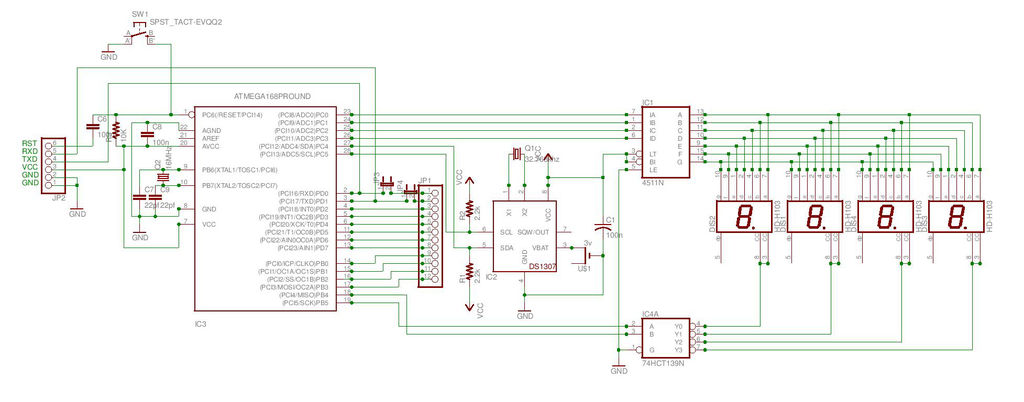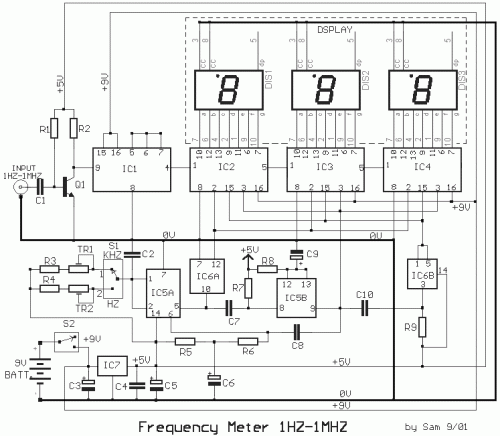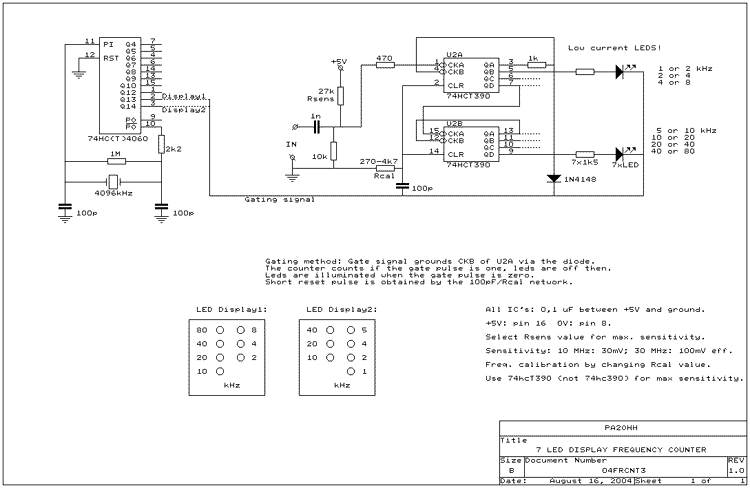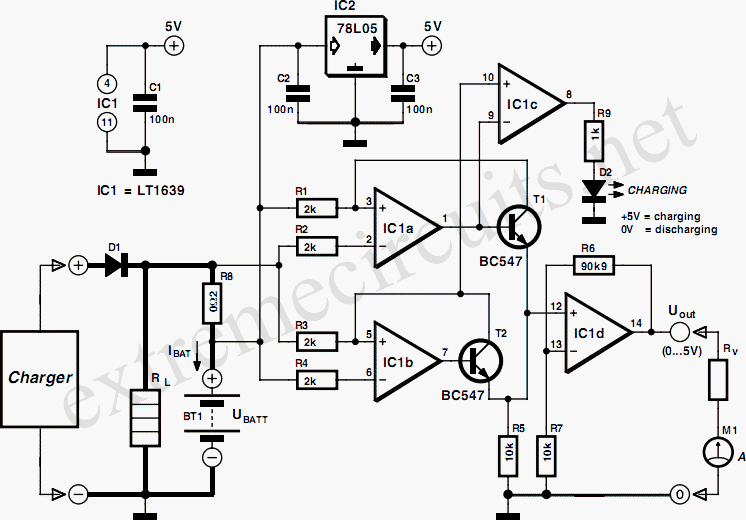
7 segment Display

Multiplexed 7-Segment Display PCB. The display PCB consists of four MAN72 7-segment common-anode displays.
The multiplexed 7-segment display PCB is designed for efficient visual representation of numerical data. Each MAN72 7-segment display is a common-anode type, meaning that the anode connections of all segments are tied together to a common voltage source, while individual cathodes are connected to digital control signals. This configuration allows for the multiplexing of multiple displays, enabling the control of several digits with fewer I/O pins from a microcontroller.
In this setup, the PCB likely incorporates a microcontroller or a dedicated display driver IC that manages the timing and control signals to each segment. The multiplexing technique involves rapidly switching the display outputs, illuminating one display at a time in quick succession. This creates the illusion of all displays being lit simultaneously due to the persistence of vision effect.
The design of the PCB would include appropriate resistors for current limiting on each segment to protect the LEDs from excessive current. Additionally, decoupling capacitors may be placed near the power supply pins of the display driver to ensure stable operation, and the layout would be optimized for minimal trace lengths to reduce signal degradation.
The overall configuration enables applications in various electronic devices where numerical output is required, such as clocks, counters, and measurement instruments, providing a cost-effective and space-efficient solution for displaying numerical information.Multiplexed 7-Segment Display PCB The display PCB consists of four MAN72 7-segment common-anode .. 🔗 External reference
The multiplexed 7-segment display PCB is designed for efficient visual representation of numerical data. Each MAN72 7-segment display is a common-anode type, meaning that the anode connections of all segments are tied together to a common voltage source, while individual cathodes are connected to digital control signals. This configuration allows for the multiplexing of multiple displays, enabling the control of several digits with fewer I/O pins from a microcontroller.
In this setup, the PCB likely incorporates a microcontroller or a dedicated display driver IC that manages the timing and control signals to each segment. The multiplexing technique involves rapidly switching the display outputs, illuminating one display at a time in quick succession. This creates the illusion of all displays being lit simultaneously due to the persistence of vision effect.
The design of the PCB would include appropriate resistors for current limiting on each segment to protect the LEDs from excessive current. Additionally, decoupling capacitors may be placed near the power supply pins of the display driver to ensure stable operation, and the layout would be optimized for minimal trace lengths to reduce signal degradation.
The overall configuration enables applications in various electronic devices where numerical output is required, such as clocks, counters, and measurement instruments, providing a cost-effective and space-efficient solution for displaying numerical information.Multiplexed 7-Segment Display PCB The display PCB consists of four MAN72 7-segment common-anode .. 🔗 External reference





